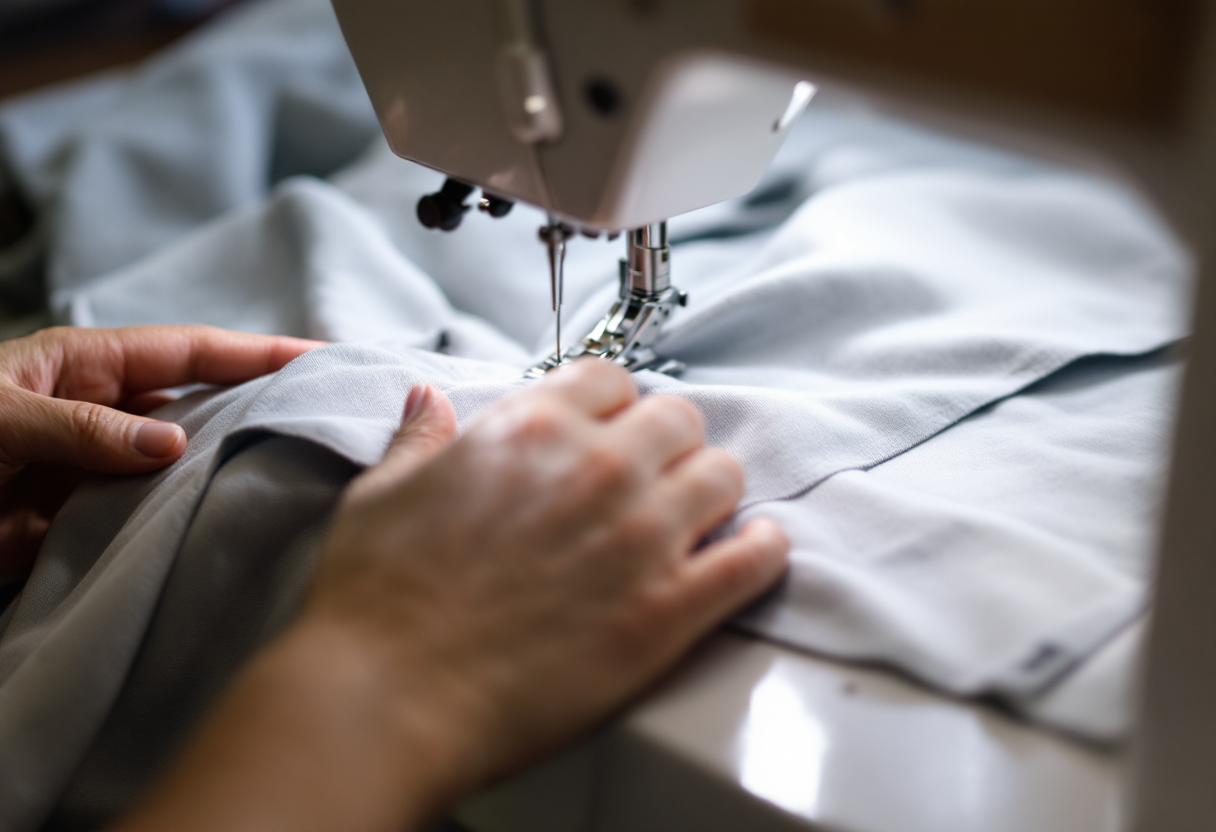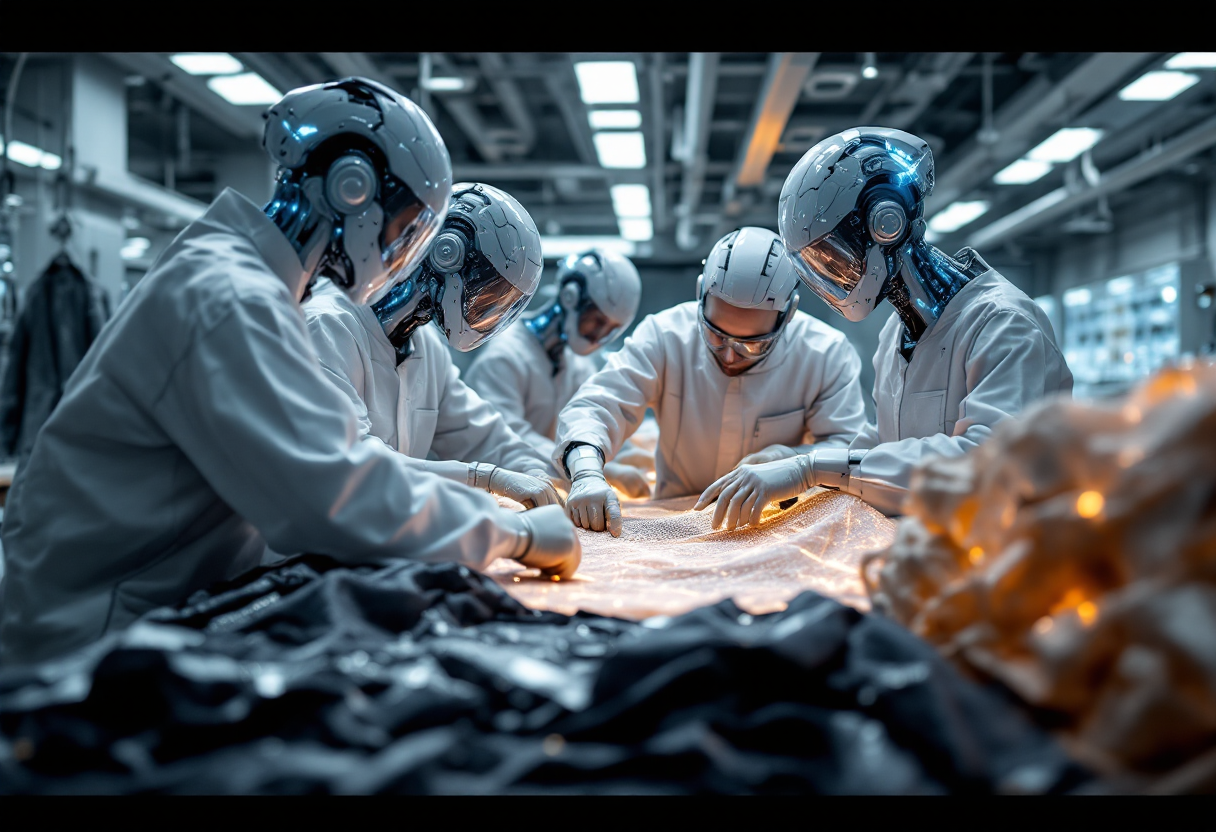Hello, darlings! Bozena Jankowska here, and let me tell you, the world of fashion is changing faster than you can say “eco-chic.” For someone who grew up in Warsaw, surrounded by timeless elegance and resourceful tailoring, the recent surge in sustainable womenswear isn’t just a trend; it’s a necessity. I’ve seen firsthand the artistry and dedication that goes into creating beautiful garments, and it pains me to think of the waste and ethical compromises that have plagued our industry for so long. So, let’s dive into why this shift is so important, especially right now in 2025.
The Tides Are Turning: Consumer Consciousness and 2025
Let’s be honest, for years, the fashion industry has been, well, a bit of a mess. Fast fashion, with its cheap thrills and disposable garments, has created mountains of waste and fueled questionable labor practices. But the good news? Consumers are waking up! They’re asking questions, demanding transparency, and voting with their wallets. And about time, I say! People are finally starting to understand that a beautiful dress shouldn’t come at the cost of the planet or someone else’s well-being. In 2025, this shift is accelerating, with more and more women actively seeking out brands that align with their values.
Key Trends Driving the Sustainable Womenswear Revolution

So, what exactly does “sustainable womenswear” look like in 2025? It’s more than just hemp dresses and tie-dye (though, those can be fabulous too!). Here are a few key trends I’m seeing:
- Eco-Friendly Fabrics: Organic cotton, recycled polyester, Tencel, and innovative materials like pineapple leather (Pi\u00f1atex) are taking center stage.
- Circular Fashion: This is all about keeping clothes in use for longer. Think clothing rental services, resale platforms, and brands that design for durability and repairability.
- Upcycling and Repurposing: Transforming old garments and textiles into new, stylish pieces is becoming increasingly popular. It’s a chance to get creative and give new life to forgotten treasures.
- Ethical Production: Consumers are demanding fair wages, safe working conditions, and transparency throughout the supply chain. Brands that prioritize ethical practices are gaining a loyal following.
The Importance of Transparency and Traceability
Now, here’s where things get really interesting. It’s not enough for brands to simply claim they’re “sustainable.” We need to dig deeper and demand transparency. Where are the fabrics sourced? Who made the clothes? What are the environmental impacts of production? Technology is playing a crucial role here, with blockchain and other innovations allowing consumers to trace the journey of their garments from raw materials to finished product. It’s like knowing the full story behind your favorite bottle of wine – only for your clothes!
The Role of Technology and Innovation

Speaking of technology, the fashion industry is ripe for innovation. From 3D printing and robotic sewing to AI-powered design and virtual try-on, technology is transforming the way clothes are made, consumed, and even recycled. These innovations can help reduce waste, improve efficiency, and personalize the shopping experience, making sustainable fashion more accessible and appealing to a wider audience. Imagine being able to design your own dress online and have it custom-made from sustainable materials – the possibilities are endless!
The Economic Benefits of Sustainable Fashion
Okay, so sustainable fashion is good for the planet and people, but what about the bottom line? Turns out, it can be good for business too! Consumers are willing to pay a premium for ethically made and environmentally friendly garments. Moreover, sustainable practices can lead to cost savings through reduced waste, improved resource efficiency, and enhanced brand reputation. It’s a win-win situation, darling!

Looking Ahead: The Future of Womenswear is Sustainable
So, where do we go from here? I believe the future of womenswear is undeniably sustainable. As consumers become more informed and demand more from brands, the pressure to adopt ethical and environmental practices will only intensify. We need to continue supporting innovative designers, advocating for policy changes, and promoting a culture of conscious consumption. Let’s embrace the beauty of sustainable fashion and create a world where style and responsibility go hand in hand. After all, what could be more chic than that?


